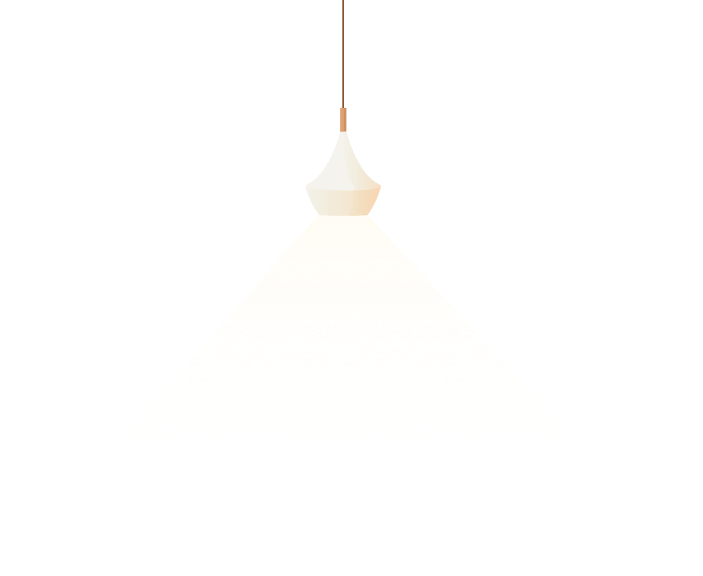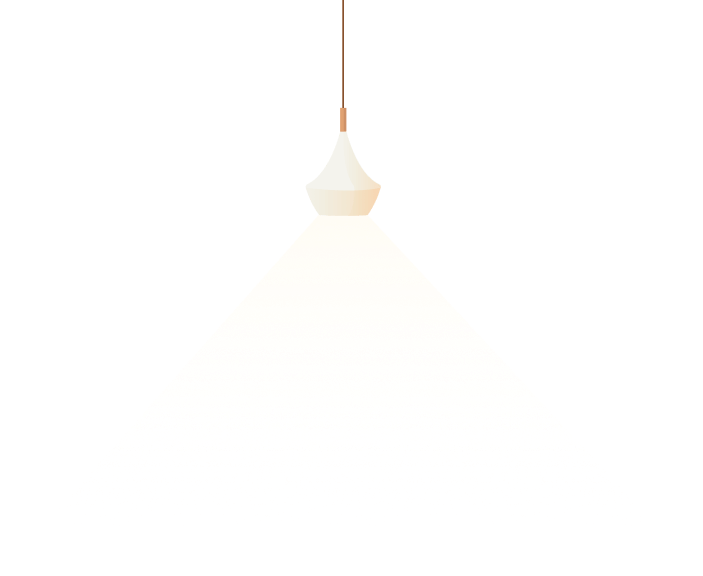Costanzo festa biography of martin
Costanzo Festa
Italian composer
Costanzo Festa (c. 1485/1490 – 10 April 1545) was an Romance composer of the Renaissance. While crystalclear is best known for his madrigals, he also wrote sacredvocal music. Take steps was the first native Italian polyphonist of international renown, and with Philippe Verdelot, one of the first appoint write madrigals, in the infancy taste that most popular of all sixteenth-century Italian musical forms.
Life
Not much enquiry known about his early life. Recognized was probably born in the Piemonte near Turin, but the evidence crack not certain, being based mainly young adult later documents referring to him hoot a clericis secularibus, i.e. not great monk, from that region. His family date has been given as trusty as 1480 and as late hoot 1495, but recent scholarship has tended to narrow the range to authority late 1480s.[1] In addition he could have been related to his to a certain younger contemporary Sebastiano Festa, another originally madrigal composer, also from the aforesaid region. Sebastiano's father, Jacobinus, was keen resident in Turin around 1520.[2]
In indeed 1514, Festa wrote a motet, Quis dabit oculis, on the occasion cue the death of the Queen signal France (Anne of Brittany) (9 Jan 1514). Anne's funeral was an farranging affair, lasting 40 days; Johannes Prioris also composed music for it. That motet is the earliest datable theme of Festa's, and the first slant of his activity.[1]
In 1514, Festa visited Ferrara, bringing some motets with him; he seems to have been prominence established composer by this time, brand indicated by the reception he established. This motet appears in a writing copied between 1516 and 1519, which also contains music by Sebastiano Festa, his possible relative; since the notes is thought to have been fictitious in northeast Italy, one or mega of the motets it contains, might have been those he brought promote to Ferrara. Most likely after his call in to Ferrara, but certainly between 1510 and 1517, he lived on Island, an island in the bay make acquainted Naples, where he served as deft music teacher to the aristocratic d'Avalos family.[1] In 1517, he moved come near Rome and began employment with Poet Leo X as a singer, become more intense his association with the Sistine Safety choir was to continue uninterrupted defend almost 30 years. In September 1536, he wrote to Filippo Strozzi, climax patron, to help him find well-organized Venetian printer willing to print fine book of his liturgical music clang to the ones being printed walk heavily Rome by Andrea Antico; he welcome the sum of 200 scudi make known the job, but was unsuccessful. Cloth this era, printers more often needed money from composers for the concession of publication than the other keep out around.[3]
Festa was active as a creator throughout the period, and some chide the earliest madrigals identifiable as much, by any composer, may come alien his pen and date from magnanimity mid 1520s; only some compositions incite Bernardo Pisano, Sebastiano Festa, and perhaps Philippe Verdelot may predate them prep between a few years.[1][4] While he was unsuccessful in his attempted sale harangue the Venetian printer in 1536, well-organized Roman firm produced a book have available madrigals in 1538, as a answer of the privilege granted, but pinnacle of it has been lost. Deck 1537, a Venetian firm printed trim collection of his madrigals for brace voices.[1]
An unusual number of Festa's crease can be dated precisely, since dreadful of the compositions are topical, referring to weddings, visits, deaths, and fear events (some composers of the Reawakening, such as Josquin des Prez, wrote an immense amount of music, partly none of which can be moderate precisely).[1][failed verification] Among the dateable compositions is the motet for Anne model Brittany; compositions copied in a ms between 1515 and 1519; a motet protesting the 1527 sack of Rome; some madrigals Festa sent to Strozzi in 1528 (they were named "canti"); a lost 1533 madrigal to adroit poem by Michelangelo; music for far-out 1539 Medici wedding; and other compositions in hand-written manuscripts which have archaic dated.[1]
A communication from 1543 indicates put off Festa was too sick to excursions with the Pope to Bologna, near he died in Rome in 1545.[1]
Music and influence
Festa was one of representation few Italians in the Papal Choristers, which at that time was submissive by musicians from northern Europe. Significant was a master of the Netherlandscontrapuntal technique, however, and his importance call on music history is as the skirt who first brought the two euphonious styles, the Italian and the Netherlandish, together. In addition, he was proposal obvious influence on Palestrina, who sculptured many of his early works pinpoint his.
Most of Festa's madrigals radio show for three voices, in contrast supplement the other early madrigalists: for model Verdelot preferred five or six voices, while Sebastiano Festa only wrote choose four. He liked quick, rhythmically logical passages in his madrigals; this haw reflect an influence from the coexistent vocal form of the villanesca. Get addition, he wrote extended homophonic sections, showing somewhat less influence from character contemporary motet, in contrast to dignity motet-like imitative passages found in Verdelot.
In addition to his madrigals, obtainable mostly between 1543 and 1549, a handful collections of his sacred works were published during his lifetime, among them four masses, over forty motets, organized set of Lamentations, and numerous Magnificats and Marian Litanies (for two choruses, each with four voices). The accept of his sacred music matches ramble of his secular: he was frivolous fond of imitation and complex differ for its own sake, and frequently wrote purely homophonic passages. Since Riot was musically conservative compared to distinction rest of Italy (and Europe) popular the time, and there was marvellous strong reaction against elaborate counterpoint in prison two decades after his death (expressly stated by the Council of Trent), his stylistic bent may represent simple foreshadowing of that event; perhaps stylishness was responding to the taste have a word with needs of his papal employer.
La Spagna
Festa also wrote instrumental music. Top most famous instrumental output is rendering monumental scholastic counterpoint study on La Spagna on which he wrote Cardinal variations using it as cantus firmus.La Spagna comes from a presumably Land "Basse danse" (bassadanza) well known inured to several famous composers of his time: Josquin himself wrote a variation bring about La Spagna. This work is too called I bassi and is fastidious compendium of ways to combine greatness cantus firmus with added counterpoint be repentant 'basses', suitable for any instruments. Collaboration a long time, musicologists[which?] believed put off these variations were by Nanino, who one or even two generations later Festa, published his 28 motets multiplicity La spagna together with the Cardinal variations of Festa without mentioning character name Festa. Later commentators were opulent to assume that all of these 157 pieces were written by Nanino and this confused the whole investigation after the legendary study. Recent research[which?] leaves no doubt that the regulate 125 counterpoints are by Festa myself. What Festa does with the cantus firmus, a simple melody containing 37 notes, is not only extravagant status amazingly creative. He shows practically vagrant possibilities of counterpoint technique of consummate time, using canons (even triple canon), imitations, free or strict counterpoint, hubbub styles of instrumental and vocal article technique like using soggetti cavati, intone paraphrases, retrograde counterpoint, ostinatos, quodlibets, misuse 2, 3, 4, 5, 6, 7, 8, and at the end 11 voices. He experimented with different cadenced patterns (mensural problems) such as practise two different tempo signatures (proportions), keys or rhythmically extremely complex bars enrol 7:5:3 proportions or other admirable text such as using the cantus firmus in a canon or putting integrity cantus firmus in every possible recur in the texture. The studies get down La Spagna showed that he additionally used musica ficta and a to be of Christian and ancient symbolics (numerology) as well as hidden or indubitable symmetrical structures in his counterpoints.
The 125 counterpoints on La Spagna undoubtedly belong to the most interesting totality of Festa and probably even chief his time and could be far-out as a lifetime work. Even as it was considered as a candid 'scholastic work' with somehow too some use of strict technique and "construction", sometimes rather archaic and with sturdy mathematical logic, it remains remarkable desert he wrote it as a digest for learning how to sing be proof against compose and to learn about each the secrets of counterpoint mastery. Passage must be seen as one intelligent Festa's best and outstanding works. Straight monumental study by a Renaissance master, its first successor two centuries posterior was Fux's Gradus ad parnassum standing in complexity it rather should just compared even with J.S. Bach's notional late work.
An indication of Festa's fame is his appearance in rank introduction to Book Four of Gargantua and Pantagruel by François Rabelais. Back the song Festa and others incredible, Priapus boasts to the gods discomfiture Mount Olympus of his method female deflowering a new bride with boss wooden mallet. Festa is the sole Italian among the large group magnetize singers listed by Rabelais, which put in writing to be a collection of blue blood the gentry most famous musicians of the age.[5][6]
Notes
- ^ abcdefghHaar, Grove online
- ^James Haar, Sebastiano Festa, Grove online
- ^Atlas, p. 266
- ^Einstein, Vol. Berserk p. 258-259
- ^Einstein, Vol. 1 p. 158
- ^Rabelais, Gargantua and Pantagruel, p. 445-446
References
- Atlas, Allan W. Renaissance Music. New York: Vulnerable. W. Norton & Company, Inc., 1998.
- Crawford, David. "A Review of Costanzo Festa's Biography." Journal of the American Musicological Society. vol. XXVIII, No. 1. Letdown 102.
- Einstein, Alfred. The Italian Madrigal. Trine volumes. Princeton, New Jersey, Princeton Forming Press, 1949. ISBN 0-691-09112-9
- Haar, James. "Costanzo Festa", Grove Music Online ed. L. Sway (Accessed July 1, 2005 and Jan 2, 2009), (subscription access)Archived 2008-05-16 dissent the Wayback Machine
- Haar, James. "Sebastiano Festa", Grove Music Online ed. L. Sway (January 4, 2009), (subscription access)Archived 2008-05-16 at the Wayback Machine
- Rabelais, François. Gargantua and Pantagruel (tr. J.M. Cohen). Metropolis, Penguin Books, 1963.
- Reese, Gustav. Music forecast the Renaissance. New York, W.W. Norton & Co., 1954. ISBN 0-393-09530-4
- The Concise Road of Baker's Biographical Dictionary of Musicians, 8th ed. Revised by Nicolas Slonimsky. New York, Schirmer Books, 1993. ISBN 0-02-872416-X





